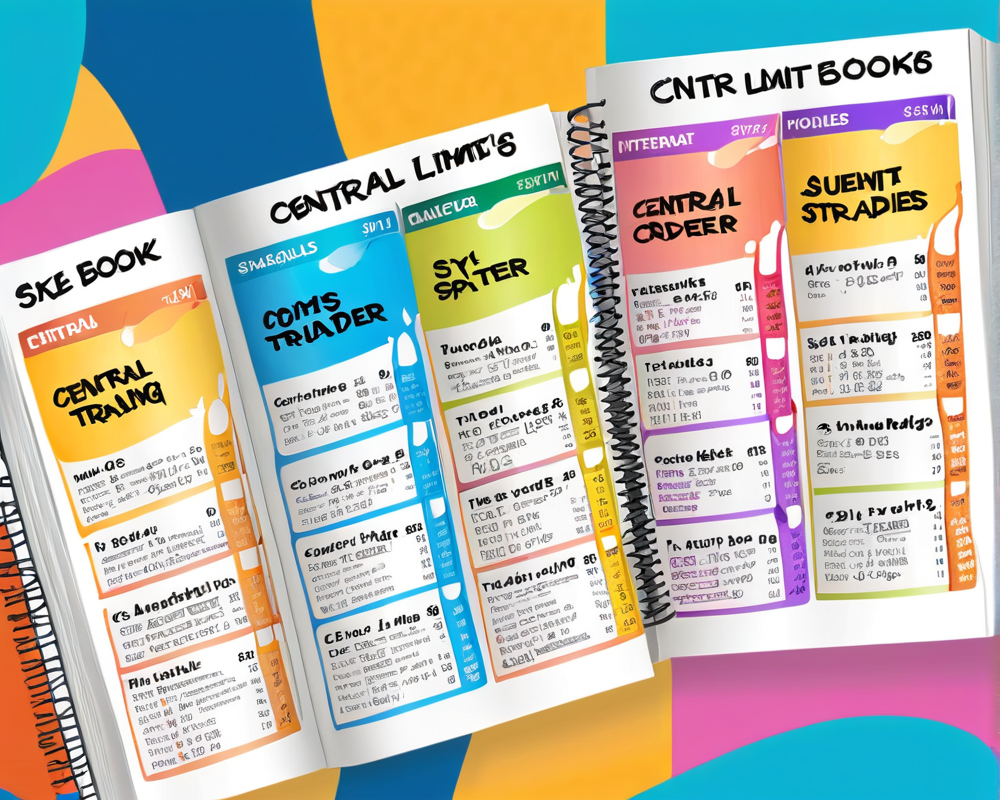What is a Central Limit Order Book?
A Central Limit Order Book (CLOB) is essentially the bustling digital marketplace where buyers and sellers come together to trade everything from stocks to cryptocurrencies. Think of it as a highly organized, high-speed dating app for financial instruments where every order gets a chance to shine based on price and time of submission.
How Does a CLOB Work?
At its core, a CLOB operates on a continuous trading model, welcoming orders at the speed of light. When you place an order, it gets slotted into the order book according to its price level. If it matches up with another order, it’s a match made in trader heaven—transaction details recorded, and everyone celebrates with virtual high-fives!
Key Features of CLOBs:
- Transparency: Participants can see the market’s current supply and demand, which helps inform their decisions (and keeps them from impulsive trades on a bad coffee day).
- Efficiency: CLOBs can handle tons of orders at once, making them ideal for those high-volatility market days.
- Multiple Order Types: Traders can choose from various options, whether they want limit orders, market orders, or even stop orders to keep their trading strategy tantalizingly flexible.
Decentralized vs. Centralized CLOBs
Now, enter the ultimate showdown: centralized CLOBs (cCLOB) vs. decentralized CLOBs (dCLOB). You could say they’re like cats and dogs—similar goals but very different ways of getting things done.
Centralized CLOB (cCLOB):
Here’s the deal: an exchange holds all the power. It receives and matches orders, and manages everything like the benevolent dictator of trading. They hold custody of assets and settle trades, making life easy for users—or as easy as trading can get, anyway.
Decentralized CLOB (dCLOB):
On the flip side, dCLOBs toss the central authority out the window, relying instead on blockchain technology to let participants trade directly with one another. You keep your assets, and the rules of engagement are coded into smart contracts—no middleman needed.
What’s in it for the Users?
The traditional cCLOBs have their perks, like deep liquidity pools, but dCLOBs offer a certain panache with their decentralization. Advocates argue that dCLOBs provide a trustless environment where market manipulations are less common. Plus, users possess greater control over their assets. Nevertheless, liquidity can be a real headache in some dCLOB setups, leading to slippage that can make you question your trading strategy (and your life choices).
CLOB and AMM: Different Tools for Different Goals
As if the CLOBs weren’t enough, enter the Automated Market Makers (AMMs), the shiny new object in the trading toolbox. AMMs streamline trading significantly, allowing for single-click transactions while continuously updating prices based on asset ratios. However, they aren’t without their quirks—like a quirky friend who brings snacks to a dinner party but forgets to cook the main dish. Liquidity farming can lead to impermanent loss, making AMMs a double-edged sword in high-stakes trading.
CLOBs vs. AMMs: The Showdown
Advantages of CLOBs:
- Capital efficiency with limit orders meaning potentially no slippage.
- Impressive support for large trade sizes with tight pricing.
- More comprehensive trading tools and initial price discovery capabilities.
Challenges with AMMs:
- Creating sufficient liquidity often demands significant capital.
- Price manipulation can lead to eroded confidence and unpredictable market conditions.
The Future of Trading
As we dive deeper into digital trading, the debate between cCLOBs and dCLOBs will likely shape the landscape significantly. Whichever side you lean toward, one thing is clear: whether you’re trading stocks, commodities, or crypto, CLOBs will be taking center stage in the digital trading theater for years to come!




